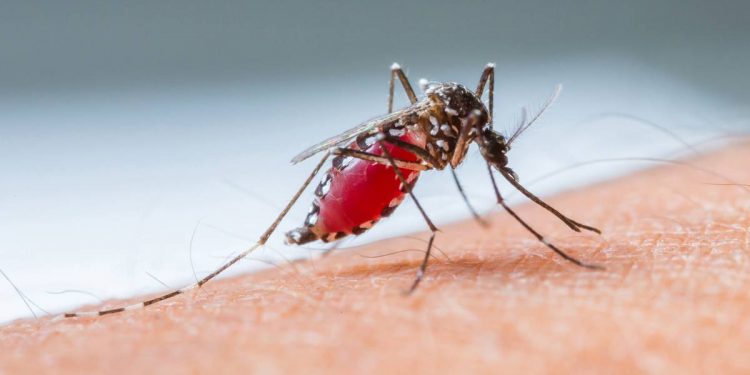New York: A novel app that identifies locations of previously unknown mosquito breeding habitats and helps treat them within the same day has been developed, and is helping African countries fight the menace of malaria.
The smartphone app, created by a public health researcher at University of South Florida, pairs an algorithm with a drone and satellite images to identify locations of previously unknown mosquito breeding habitats.
The system works by identifying specific environments and organisms by their unique “fingerprint” – a red-green-blue value associated exclusively with a species or habitat.
Benjamin Jacob, Associate Professor at the USF, trained the drone to sense and capture image datasets through his algorithms that allow the system to understand key features, like mud or vegetation, based on their fingerprints. Each image is then processed and gridded with identified sources of water on those surfaces.
The data is then classified into different categories based on the presence or absence of mosquito larvae and whether the water is positive for mosquitoes. Paired with Jacob’s algorithms, the drone was 100 per cent accurate in locating bodies of water where mosquitoes are most likely to breed.
“Instead of spraying entire fields, we can now just target the areas where the mosquitoes are,” he noted.
With the ability to pinpoint exactly where habitats are, harmful insecticide usage is decreased and the risk of mosquitoes building up a resistance also lessens.
Implementation of the programme on a county or state level could save taxpayers’ money because it costs thousands of dollars less than aerial fumigations.
The technology’s success led Jacob to launch Seek and Destroy, a programme that enables him to train government agencies how to use the app in infectious areas in Cambodia, Uganda, Kenya and Rwanda – allowing them to quickly and efficiently direct resources to vulnerable areas before disease outbreaks can occur.
“What those countries are dealing with is a tragedy beyond describing,” Jacob said.
He has focused much of his research in Uganda, where malaria is the leading cause of death, especially among children under five.
As published in the American Journal of Entomology, he discovered that each of the 120 homes he studied was infested with at least 200 mosquitoes. With the help of the local insect control officers he trained, Jacob destroyed 100 per cent of the identified habitats in 31 days and eliminated the blood parasite level in previously treated and suspected malaria patients in 62 days.
IANS






































